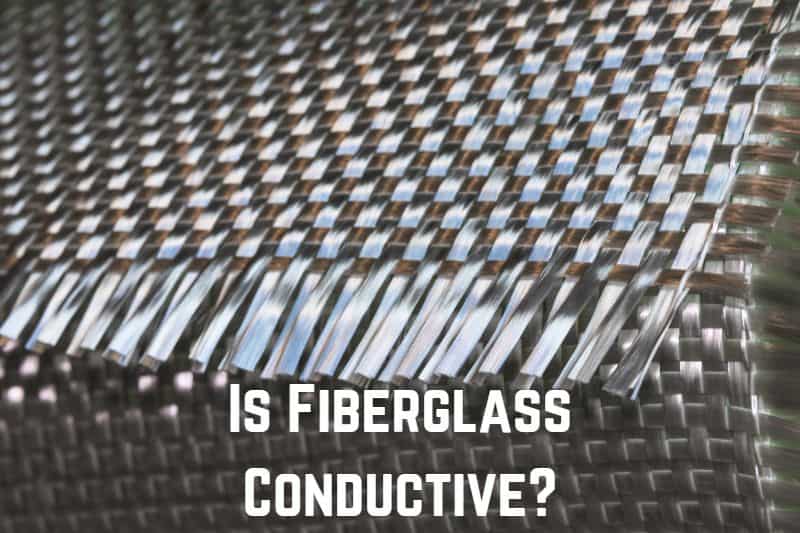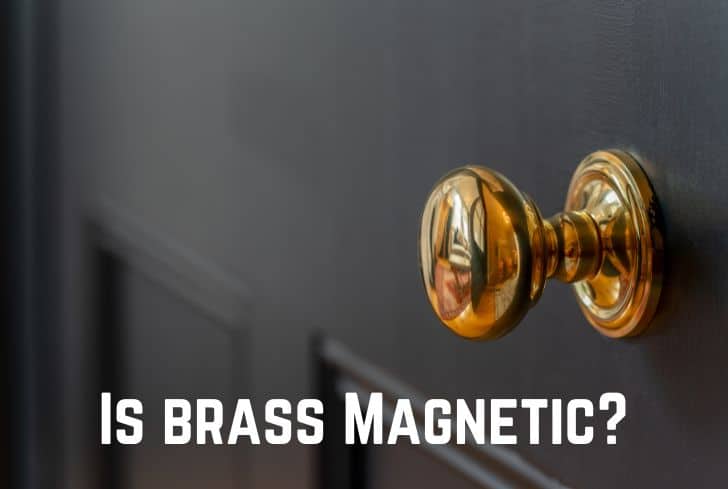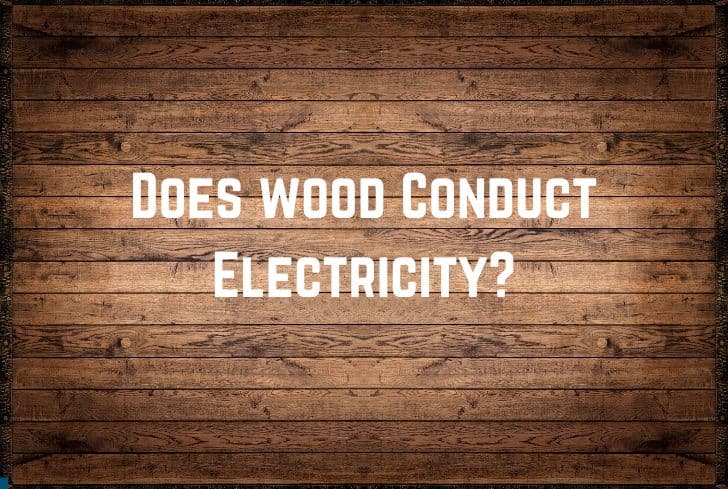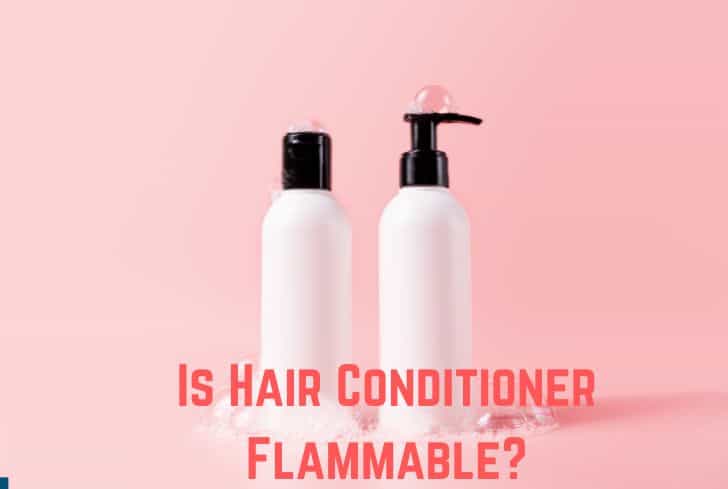Is Fiberglass Conductive? (No Way)

Nothing is more relaxing than knowing that your house is adequately insulated against the cold in the winter and the heat in the summer. For housing insulation, a variety of materials are available. One of the best materials to use for home insulation is fiberglass. Is fiberglass conductive, though?
In this article, we answer that question. We also explain whether fiberglass conducts electricity, how fiberglass insulation works, and its properties and uses.
Read: Does Magnesium Conduct Electricity? (Answered)
What is Fiberglass?
Fiberglass is the glass that has been heated and squeezed through incredibly small holes. The process creates fragile glass filaments. There may be more processes depending on whether the fiberglass application requires fiberglass with fewer impurities. Therefore, whether long or short extruded strands are required will determine the final process.
Various resins are applied to improve the strength of fiberglass and enable it to be molded into various shapes. Mass-produced fiberglass is delivered as mats or sheets. Additionally, it might be built specifically for a given use.
Most people tend to confuse fiberglass with glass-reinforced plastic. Glass-reinforced plastic is plastic that has fiberglass infused into it to boost strength. The glass strands are the primary component of fiberglass. Compared to fiberglass, glass-reinforced plastic is primarily made of plastic and is weaker.
Depending on the raw materials used, there are various varieties of fiberglass: Below are the most common ones:
- E-glass: Electrical glass and a good insulator of electricity.
- A-glass: Alkali glass and is chemically resistant.
- S-glass: Structural glass and has powerful mechanical properties.
- C-glass: Chemical glass with excellent chemical resistance. It is an alkali lime with a significant amount of boron oxide.
- AE-glass: Glass with alkali resistance.
Does Fiberglass Conduct Electricity?
Fiberglass does not conduct electricity. For a material to carry electricity, free electrons must be present. Fiberglass lacks free electrons, which are needed to conduct electricity from one end to the other. The main glass components are soda ash, silica sand, and limestone, none of which have free electrons in their outermost shell.
Because its two major components, glass, and resin, don’t conduct electricity, fiberglass cannot transmit electric charge. The four forms of resin used to manufacture fiberglass—polyurethane, polyester, epoxy, and vinyl ester—have no free electrons to carry the electric charge. Covalent bonds are the building blocks of resin molecules, in which two elements share an electron pair to remain together. Free electrons or ions that can carry a charge are absent from covalent bonds.
Fiberglass is particularly useful in cases where we must thoroughly resist or stop the flow of electricity. Producing insulation tubes or cable sleeves out of fiberglass is how electrical wires and cables are protected. Additionally, fiberglass is used for making fiberglass ladders for electricians.
Why Can’t Fiberglass Conduct Electricity?
The porosity of fiberglass (which allows air to flow through) is one reason it cannot conduct electricity. Air is not an excellent conductor of electricity, as is widely known. Air molecules do not come into contact with one another like those of a solid material. The air disrupts the transmission of electricity. A material’s electrical conductivity decreases with an increase in porosity.
Fiberglass has a high-energy bandgap. Glass has an energy bandgap of 3.16 eV. The distance between a material’s conductivity and valence shells is known as the energy bandgap. The material’s electrical conductivity increases with decreasing gap size. Thus, the energy bandgap of fiberglass is large.
The fact that fiberglass has a high electrical resistivity level prevents it from conducting electricity. Glass is an essential part of fiberglass and has a high electrical resistance of 10^12 Ωm. A material’s capacity to restrict the flow of electrical current through it is known as electrical resistivity. The electrical conductivity of a material decreases with increasing electrical resistivity.
Fiberglass has a high dielectric strength of 14MV/m. Dielectric strength is the highest electric field a material can withstand without losing its insulation properties. The megavolt per meter (MV/m) unit measures dielectric strength. A material’s ability to resist electrical conductivity increases with increasing dielectric strength.
How Does Fiberglass Insulation Work?
Most prefer fiberglass insulation to reduce sound, heat, and cold transfer via walls. Because it is porous, fiberglass aids in regulating temperatures without stopping the airflow entirely. Fiberglass insulation prevents both hot and cold air throughout the summer and winter from entering. Fiberglass is a very good insulator since it is not a good heat conductor.
There are various types of fiberglass insulation with various R-values. These R-values range from 2.2 to 4.3 per inch. An insulating material’s thermal resistance to outside influences is measured by its R-value. The better the insulation material can offer, the higher its R-value. Simply add more layers to raise the R-value of fiberglass.
The various kinds of fiberglass insulation and their R-values are highlighted below:
- Rigid fibrous– 4 to 5 per inch of thickness.
- Batt insulation-3.1to 3.4 per inch of thickness.
- Loose-fill insulation(wall)-3.7 to 4.3 per inch of thickness.
- Loose-fill insulation(attic)-2.2 to 4.3 per inch of thickness.
There is hardly any reduction in the R-value of fiberglass over time. To prevent the R-value from decreasing, keep it away from moisture and lower temperatures. If you install fiberglass insulation correctly and the R-value doesn’t decrease, fiberglass can last for 50 to 100 years.
Read: Does Silicon Conduct Electricity? (And Is It a Semiconductor?)
Is Fiberglass an Insulator?
Fiberglass is an insulator. It is the perfect insulator since it cannot transmit heat or electricity. Thin glass fibers used to make fiberglass trap air and stop the flow of heat and electric charge. Because the fibers are not aligned, convectional currents cannot form. As a result, fiberglass lacks a direct conduction path.
There are three types of fiberglass insulators:
- Rigid board insulations: Fiberglass sheets are stacked one on the other to create rigid board insulation. Due to their hard and dense structure, they can serve as thermal insulation. They can be used as a moisture and air barrier on a building’s outside walls.
Rigid board insulations have been specifically created for specific applications. Mostly used in ducts and other hot-climate regions.
- Blanket (Batt) insulation: Includes rolls or batts. Batts, thin sheets of fiberglass, are a more extended form of rolls. The most popular insulations are batts.
They come in various depths and have a well-defined form and structure. Before installing, you must first measure and cut off the appropriate size.
- Loose-fill insulation: It contains tiny fiberglass particles and is packaged in bags. It is unstructured, flexible, and can fit in various spaces. The majority of individuals favor using it for attics and walls.
We recommend you use a professional for installation in big areas and wear protective gear to prevent inhaling fiberglass particles.
Properties and Uses of Fiberglass
Fiberglass has numerous unique properties that set it apart from other materials and make it an excellent insulation material. Thanks to its various properties, it has become increasingly preferred in many industrial applications.
Properties
Here are the several properties of fiberglass.
- Fiberglass is not flammable, doesn’t burn, and doesn’t become toxic in heat.
- Due to its resistance to bacteria, fungi, and sunlight, it is highly durable.
- Numerous synthetic resins and certain minerals are combined with it.
- Because of its dielectric permeability, fiberglass is a good material for electromagnetic windows.
- When exposed to cold or hot temperatures, it neither shrinks nor stretches.
- Fiberglass does not alter physically or chemically or absorb moisture.
- It is lightweight and resistant to corrosion.
- Other than hot phosphoric acid, hydrochloric acid, and alkaline solids, no chemicals react with fiberglass.
Uses
Because fiberglass comes in many different forms, it has many uses. Each type of fiberglass will suit specific applications. In the table below, we highlight fiberglass’s many uses.
| Various uses of fiberglass | ||
| -Exterior automobile parts | -Self-adhesive tapes | -Fiberglass rope |
| -Printed circuit boards | -Insulation systems | -Missile casings |
| -Aquariums | -Reinforcement of floor coverings | -Tank farms |
| -Fountains | -Cladding(mixed with concrete or polyester) | -Helicopter rotter boards |
| -Fiberglass tape | Fiberglass cloth | -Flight decor armor |
| -Windows and doors | -Aircraft components | -Aircraft wings and seats |
| -Bathroom fixtures | -Building skylights | -Underground petrol tanks |
| -Solar heating elements | -Divider screens | -Boats, ships & docks |
Frequently Asked Questions
What are fiberglass weaknesses?
Fiberglass does have a few disadvantages despite its many strengths and numerous applications. Installing it can be difficult and expensive, especially if a wide area is involved. Fibreglass loses its ability to insulate when wet. Not the best protection against air leaks is fiberglass. Since fiberglass is less dense than most materials, air may quickly move through it. Air leaks in your home will increase due to small structural cracks and insulation gaps.
Is carbon fiber stronger than fiberglass?
Yes, industrial carbon is 20% stronger than fiberglass. Carbon fiber boasts a strength-to-weight ratio of twice that of fiberglass. The carbon fiber atoms form together in a tight chain-like bond. The extraordinary strength of carbon fibers is due to crystal alignment.
Conclusion
One of the best materials for insulating your home is fiberglass. It has become popular across numerous industries because of its properties. Due to the absence of free electrons, fiberglass does not conduct electricity. Fiberglass is available in various insulation kinds; you only have to pick the one that best suits your needs.





![Is Chapstick Flammable? [Lip Balm, Lipstick, Lip Gloss]](https://eartheclipse.com/wp-content/uploads/2023/03/is-chapstick-flammable.jpg)
